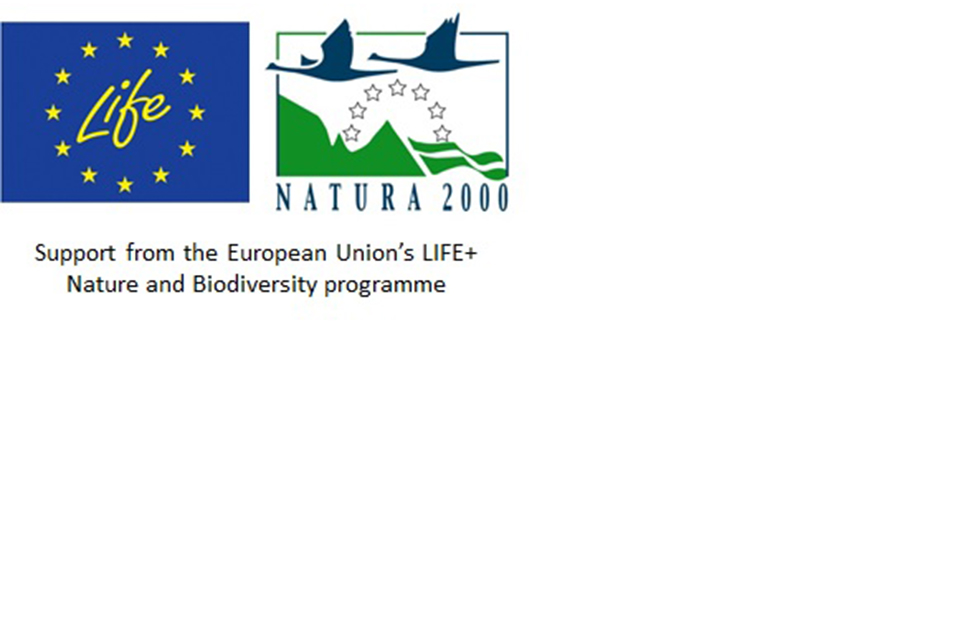Research and analysis: Cattle: TSE surveillance statistics
Updated: Documents updated
These documents provide statistics on the number of cases of TSE disease found through the active and passive disease surveillance of cattle in the United Kingdom.
Cases of TSE disease identified in cattle from passive surveillance in United Kingdom have been recorded since 1986. The United Kingdom carried out limited active surveillance in cattle from 1999 to 2001. The European Union active surveillance programme started in July 2001.
European law requires all Member States to carry out active disease surveillance for bovine spongiform encephalopathy (BSE) in cattle. The testing programme includes:
- cattle over 48 months of age which die or are killed other than for human consumption (fallen cattle)
- cattle over 48 months of age which are emergency slaughtered or show certain abnormalities at ante-mortem inspection
These age thresholds apply to cattle born in the United Kingdom or in other EU member states except Bulgaria and Romania. For cattle born elsewhere the age thresholds are 24 months for fallen cattle or emergency slaughtered cattle, and 30 months for healthy fallen cattle.
Passive disease surveillance takes place when an animal with clinical signs suspicious of a TSE disease is reported to an Animal and Plant Health Agency (APHA) office, and further investigation determines whether the animal was affected by BSE or scrapie.
